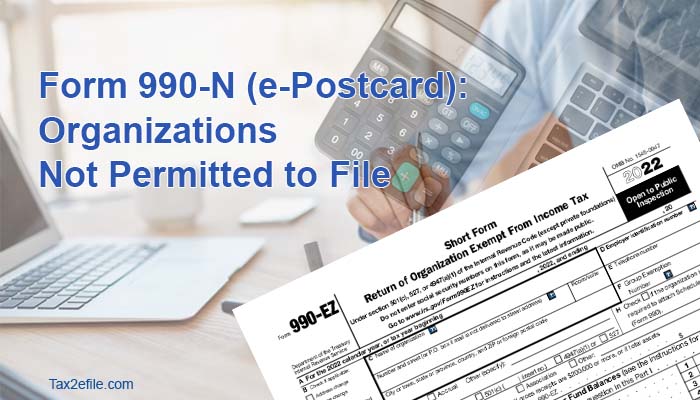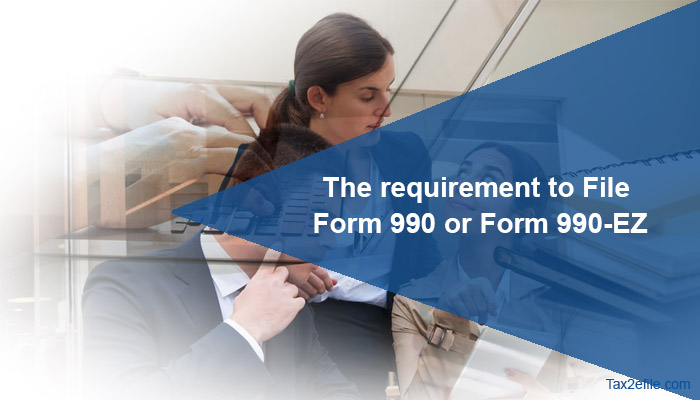- November 20, 2023

It is important to maintain the tax-exempt status of non-profit organizations, and it is possible to accomplish this by filing appropriate 990 Forms with the IRS. Failing to file Form 990 will cause steep fines from the IRS and potentially lose the tax-exempt status of the non-profit, and this could be a huge setback for the financial goals.
Table of Contents
Four main types of nonprofit tax Forms
There are four main types of IRS tax Forms 990 and include Form 990, Form 990-N, Form 990-EZ, and Form 990-PF. All of these tax forms will have the same function of ensuring accountability and financial transparency. The key differences between these tax Forms are as follows.
Form 990-N
The IRS tax Form 990-N is also referred to as an e-postcard or simple postcard. It is the electric Form for tax-exempt organizations from the IRS. This is the simplest non-profit tax Form. Non-profit organizations that have an annual gross receipt of less than $50,000 are required to file this Form. This IRS Form is available only online, and thus, eligible non-profits should file these Forms only through electronic means. In order to file these tax Forms, the organizations will require the following information.
- EIN and TIN of the organization
- The tax year for which the returns are filed
- The mailing address and the legal name of the organization
- Name and address of the principal officer
- Website URL of the organization
- Evidence that confirms that the gross receipts of the organization are under $50,000
Form 990-EZ
This IRS tax Form is required to be filed by tax-exempt organizations with annual gross receipts between $50,000 and $2,00,000. However, organizations that are eligible to file Form 990-EZ should file a full return Form 990 instead. The following is the information required to file Form 990 EZ.
- Basic business information such as EIN and TIN.
- Revenue, expenses, and changes in the net assets and fund balances of the company.
- The balance sheet of the company.
- Statement of service accomplishments of the organization.
- List of directors, officers, trustees, and key employees of the company.
Form 990
This IRS tax Form is generally used by large tax-exempt organizations that have annual gross receipts of over $200,000 or total assets of $500,000. This is indeed the longest tax Form that demands detailed information to complete the filing process. This tax Form 990 will comprise twelve sections that report the demographic and accounting information of the non-profit. It will also contain information that is required to classify expenses according to the functioning of the organization. It also comprises 16 16-schedules that offer supplemental information on campaign activities, funding sources, international activities, etc.
Form 990-PF
The tax Form 990-PF is the IRS tax Form that should be submitted by private non-profit organizations, irrespective of their financial status. Organizations that are required to file these Tax Forms are nonexempt charitable trusts and tax-exempt private foundations. It is the fiscal size and the returns of the non-profit organizations that decide which 990 Form to use to file the taxes with the IRS.
Streamlining Non-Profit Tax Filing
Thus, it is the fiscal size and the nature of the non-profit organization that decides which IRS Form to use for the filing process. The easiest way to enjoy a stress-free tax filing process is to keep the bookkeeping up to date and follow the best accounting practices every day. At Tax2efile, we have the latest techniques and processes to automate and optimize the tax filing process. With us, you can be sure to file the tax returns with the IRS appropriately and within the deadline.


